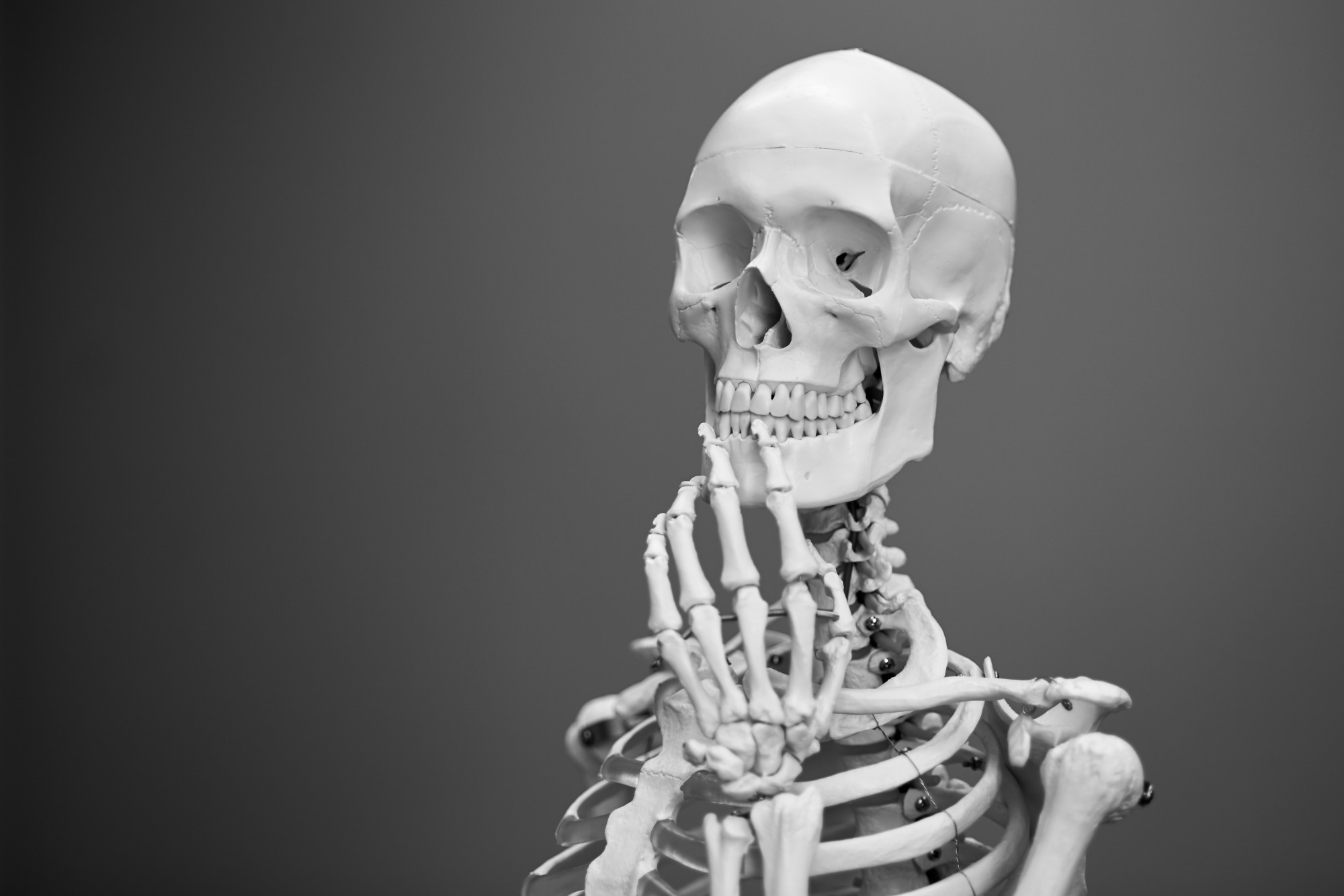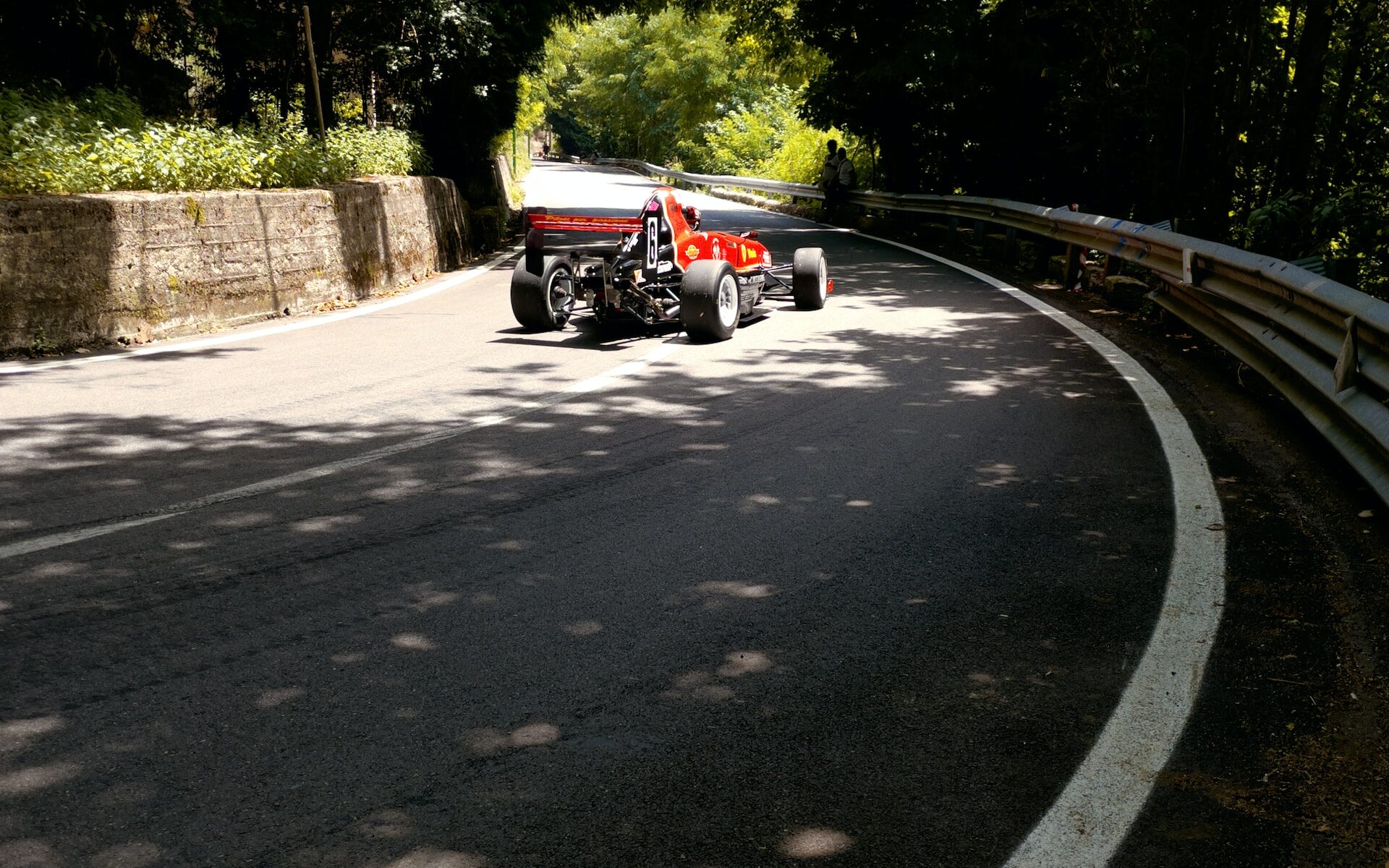Introduction
Formula 1 captivates the world with its thrill and the exciting races. While not all races are the pinnacle of the sport, in the past years we could see plenty of entertaining races, breaking the limits and showing us how performance is made. None of this would be possible without the Formula 1 drivers. They are among the best 20 drivers in the world if not THE best drivers in the world and they impress us with their remarkable talent, pushing the limits of speed, agility, and endurance. Behind their prowess lies a combination of intense training, the utilisation of specific muscles and bones, and meticulous rehabilitation.

Photo by Adrian Hernandez, Unsplash
Focusing on Anatomy
In a Formula 1 race, several muscles are highly engaged due to the physical demands placed on the drivers. We saw earlier a few examples of races that pushed the drivers even closer to the limit in the aim to control the car in less than ideal conditions. While battling severe weather conditions aiming to better control the car, physical performance and skills are showing their value in the field. Here are some of the most commonly used muscles during a formula 1 race:
Neck Muscles
The neck muscles, including the sternocleidomastoid, trapezius, and scalene muscles, play a crucial role in supporting the head and maintaining stability during high-speed turns, acceleration, and deceleration. This can be noticed very well as usually the size of a formula 1 driver neck size is significantly expanding in the first years of joining the sport category.

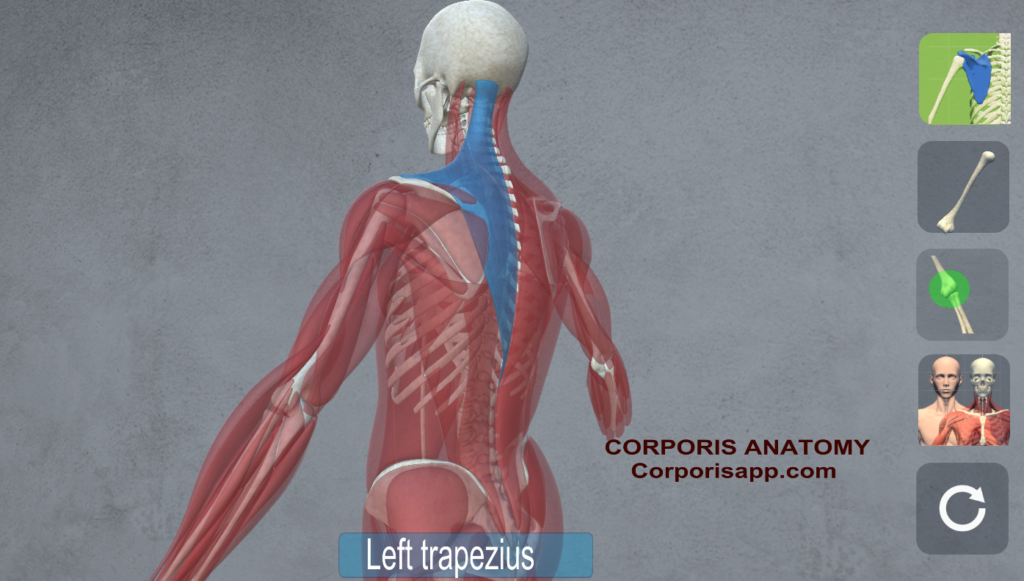

Forearm and Hand Muscles
The muscles in the forearms and hands, such as the flexor and extensor muscles, are constantly active as drivers grip the steering wheel and execute precise gear shifts.
Core Muscles
The core muscles, which include the abdominals, obliques, and lower back muscles, provide stability and support to the driver’s torso during rapid changes in direction, braking, and acceleration.
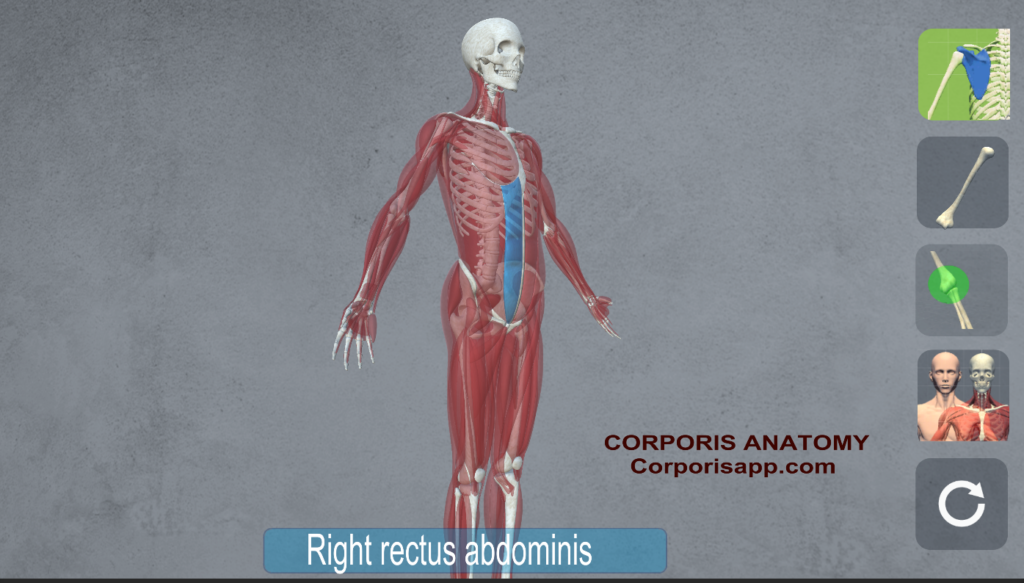
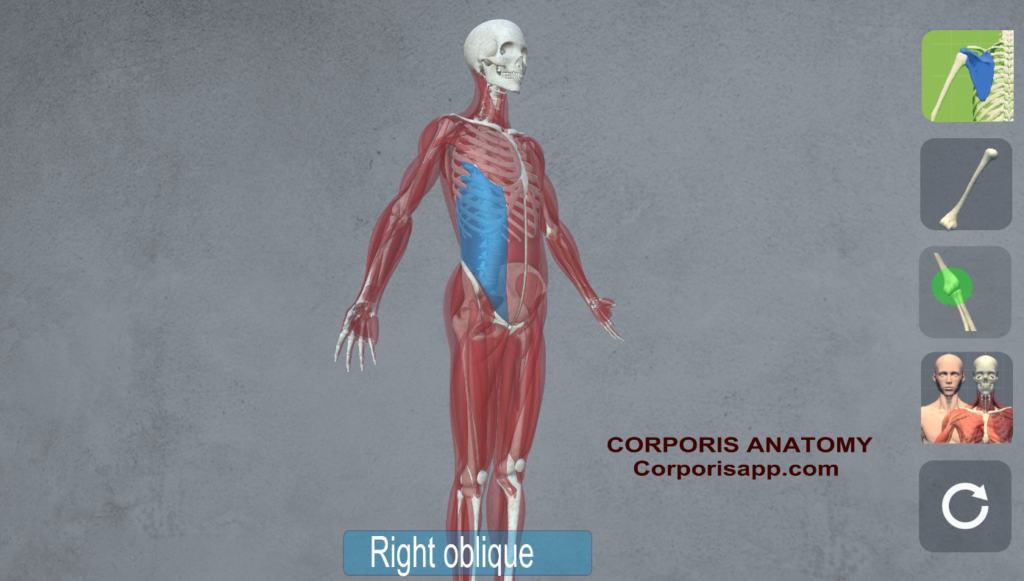
Leg Muscles
The leg muscles, particularly the quadriceps, hamstrings, and calf muscles, are engaged during braking and acceleration, as well as controlling the pressure applied to the pedals.
Gluteal Muscles
The gluteal muscles, including the gluteus maximus and gluteus medius, assist in stabilizing the hips and generating power during acceleration and cornering.
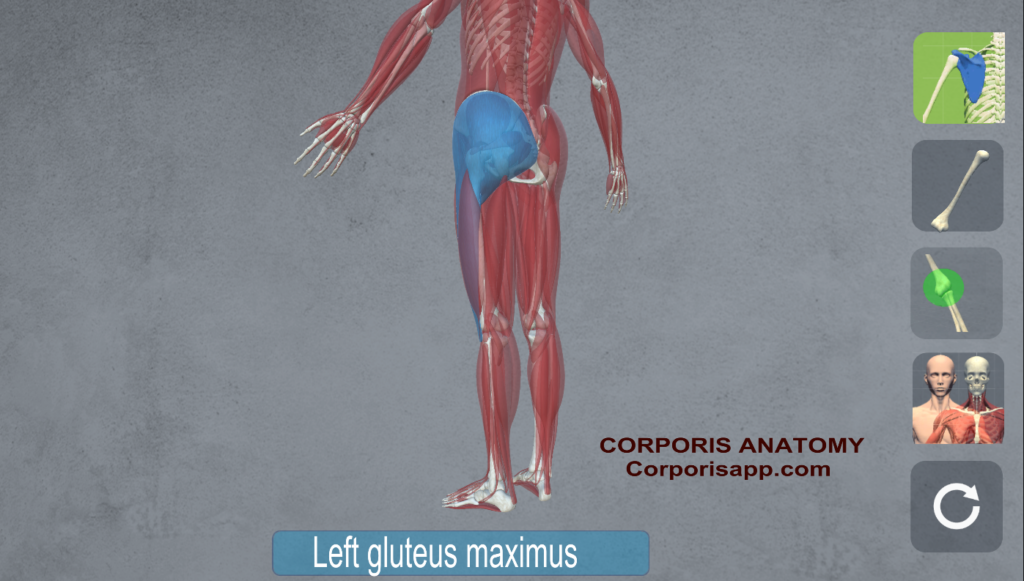
Cardiovascular System
Although not a specific muscle, the cardiovascular system plays a vital role in a Formula 1 race. The heart and blood vessels work together to deliver oxygen and nutrients to the active muscles, ensuring endurance and performance throughout the race.
It’s important to note that the level of muscle engagement can vary depending on the specific circuit, driving style, and racing conditions. Drivers undergo specific training to develop these muscles, improve endurance, and maintain control of the car throughout the race.
General Training Regime
We learned about the limits of a Formula 1 Driver but what makes them be able reach those limits? How do they usually train and what is to be kept into account? Here is an outline of the typical training components that are crucial for Formula 1 drivers:
- Cardiovascular Fitness: Formula 1 drivers require exceptional cardiovascular endurance to sustain high heart rates during races. Activities such as running, cycling, and swimming are common for improving cardiovascular fitness.
- Strength Training: Building overall body strength is essential for withstanding the physical demands of racing. This includes exercises that target the core, neck, upper body, and lower body muscles. Strength training helps drivers maintain stability, endure high G-forces, and control the car effectively.
- Neck Strength: Formula 1 drivers experience significant strain on their neck muscles due to the forces acting on their heads during rapid accelerations, decelerations, and turns. Neck exercises, such as isometric training and weighted neck movements, are typically incorporated to enhance neck strength and stability.
- Flexibility and Mobility: Maintaining flexibility and mobility is vital for drivers to maneuver their bodies within the tight cockpit and react quickly to changing driving conditions. Stretching exercises, yoga, and Pilates can improve flexibility and overall body control.
- Reaction and Coordination: Formula 1 drivers must have exceptional hand-eye coordination, reaction time, and spatial awareness. Various drills and exercises, including reaction training, hand-eye coordination exercises, and simulator sessions, are commonly used to enhance these skills.
- Endurance Training: Long-duration activities, such as cycling or long-distance running, help drivers develop muscular endurance, mental stamina, and the ability to maintain focus over extended periods.
Behind every successful Formula 1 driver is a dedicated training team that plays a pivotal role in optimizing performance. These teams, consisting of fitness trainers, physiotherapists, and sports scientists, work closely with drivers to design individualized training programs, monitor progress, and fine-tune performance. Their expertise in biomechanics, nutrition, and recovery techniques ensures that drivers are physically prepared to tackle the challenges of each race.
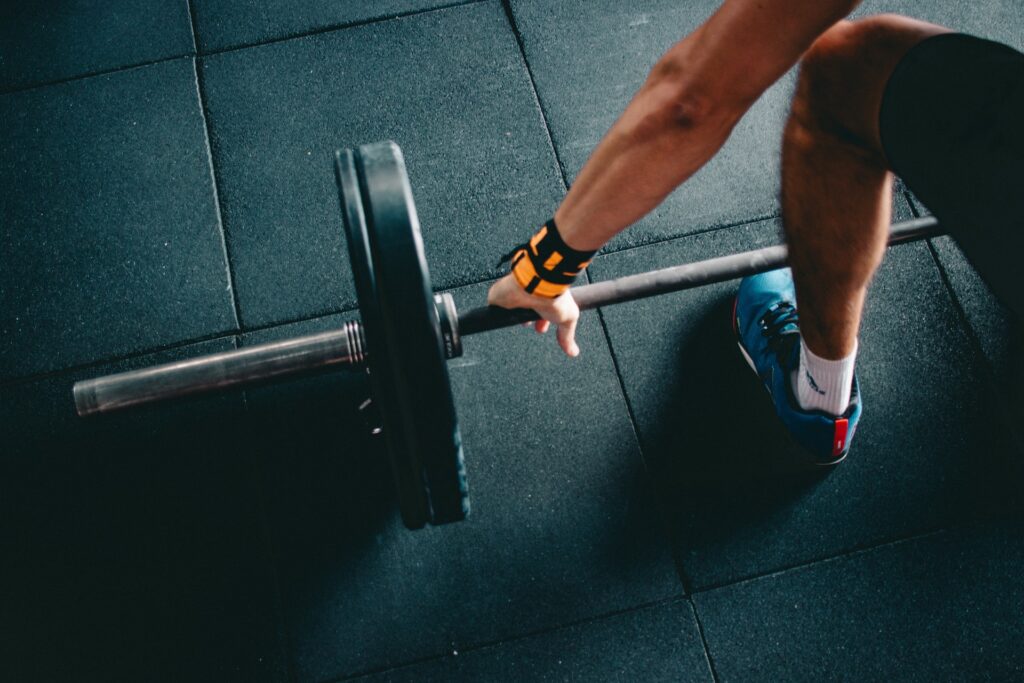
Conclusions
The world of Formula 1 is a captivating spectacle that pushes the limits of human performance. The demanding nature of the sport requires Formula 1 drivers to possess exceptional physical capabilities, including speed, agility, and endurance. The anatomy of a Formula 1 driver plays a crucial role in their ability to excel on the track.
When it comes to the specific muscles used in a Formula 1 race, several key muscle groups come into play. The neck muscles provide stability and support during high-speed turns, while the forearm and hand muscles are constantly active as drivers grip the steering wheel. The core muscles provide stability to the driver’s torso, and the leg muscles are engaged during braking and acceleration. The gluteal muscles assist in stabilising the hips, and the cardiovascular system ensures endurance and performance.
Training is a crucial aspect of a Formula 1 driver’s preparation. Cardiovascular fitness, strength training, neck strength exercises, flexibility and mobility training, reaction and coordination drills, and endurance training are all essential components of their training regimen. Each driver follows a personalised program tailored to their specific needs and works closely with a team of professionals to optimise their performance.
In conclusion, the anatomy of a Formula 1 driver, along with their training regimen, is a testament to the extraordinary physical capabilities required to excel in the sport. The combination of intense training, specific muscle utilisation, and meticulous rehabilitation allows these drivers to push the limits of their performance and captivate audiences worldwide with their remarkable talent. Formula 1 continues to be a showcase of human potential and serves as a testament to the remarkable abilities of these elite athletes.
When was the last time you reached the limits?
Extra
Do you want to test your knowledge? Check our quizzes section to see how skilled you are in Human Body Anatomy.
Disclaimer: This blog post is for informational purposes only and does not substitute for professional medical advice. Consult a healthcare professional before embarking on any strenuous physical activities or dietary changes.
